Home>Storage & Organization>Kitchen Organizing Tools>How To Introduce Your Cat To A New Litter Box
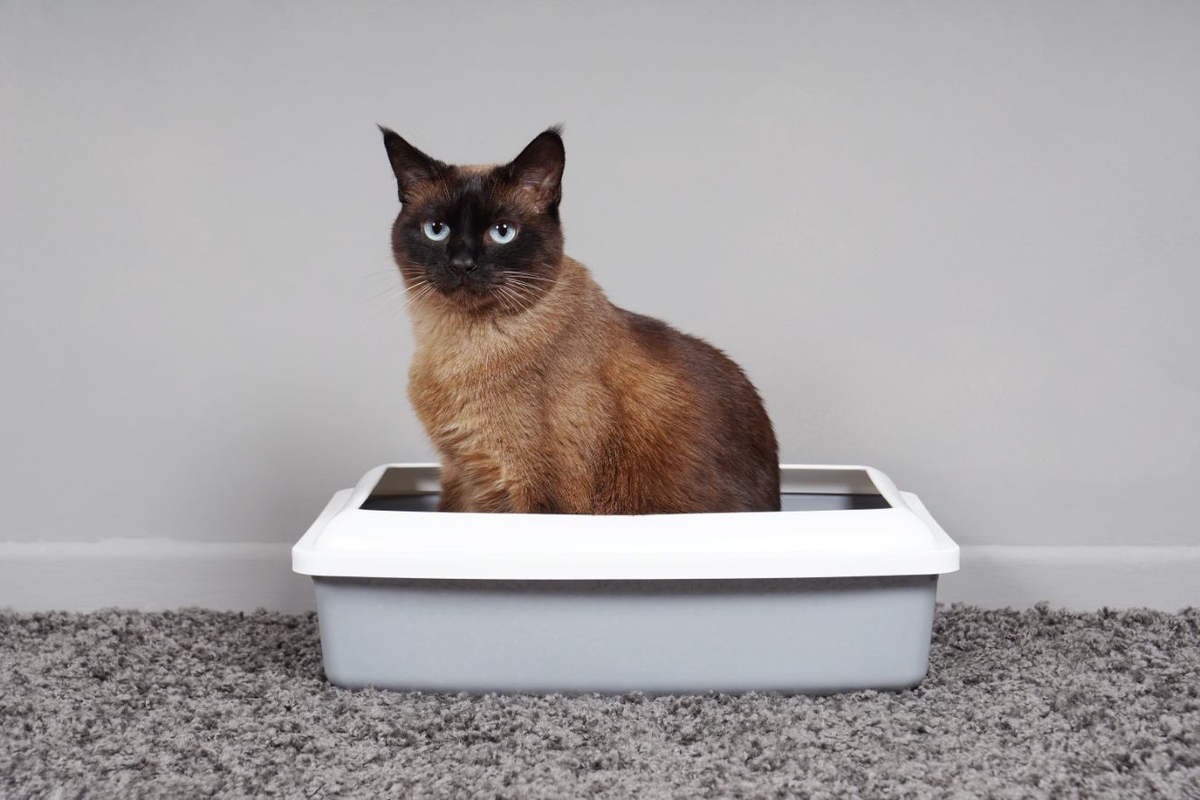

Kitchen Organizing Tools
How To Introduce Your Cat To A New Litter Box
Modified: March 2, 2024
Discover the best kitchen organizing tools to introduce your cat to a new litter box. Find the essential products for a seamless transition and a happy feline.
(Many of the links in this article redirect to a specific reviewed product. Your purchase of these products through affiliate links helps to generate commission for Storables.com, at no extra cost. Learn more)
Choose the Right Location for the New Litter Box
When introducing a new litter box to your cat, selecting the right location is crucial for a successful transition. Cats are creatures of habit and can be sensitive to changes in their environment, so it's essential to choose a location that is both convenient for your cat and suitable for your home.
Here are some key factors to consider when choosing the right location for the new litter box:
-
Accessibility: Ensure that the new litter box is easily accessible to your cat. If you have a multi-level home, it's advisable to have a litter box on each level to provide easy access for your feline friend, especially if they have mobility issues or are elderly.
-
Privacy: Cats value their privacy, especially when using the litter box. Select a quiet and relatively secluded area for the new litter box to give your cat a sense of privacy and security while they attend to their business.
-
Separation from Feeding Area: Cats prefer to have their litter box located away from their feeding area. Placing the litter box in close proximity to where they eat may cause discomfort and lead to reluctance in using the new box.
-
Avoid High-Traffic Areas: It's best to avoid placing the litter box in high-traffic areas or near noisy appliances. Cats prefer a peaceful environment when using the litter box, so choosing a calm and low-traffic location can help reduce stress and encourage regular use.
-
Multiple Exits: If you have a multi-cat household, consider placing the litter box in a location with multiple exits. This can help prevent potential conflicts or ambushes by other cats, ensuring that your cat feels safe and secure while using the new litter box.
By carefully considering these factors and choosing a suitable location for the new litter box, you can help ease the transition for your cat and promote a positive litter box experience. Remember, patience is key when introducing changes to your cat's environment, and providing a comfortable and well-placed litter box is a crucial step in ensuring your cat's well-being and happiness.
Key Takeaways:
- Choose a quiet, accessible, and separate location for the new litter box to help your cat feel comfortable and secure while using it. Avoid high-traffic areas and provide multiple exits for multi-cat households.
- Gradually transition your cat to the new litter box by familiarizing them with it, mixing old and new litter, and offering positive reinforcement. Keep the old litter box available to ease the adjustment process.
Read more: How To Get A New Cat To Use A Litter Box
Gradually Transition Your Cat to the New Litter Box
Introducing a new litter box to your cat requires a gradual and patient approach to ensure a smooth transition. Cats are known for their strong preferences and routines, so abruptly replacing their familiar litter box with a new one can cause stress and reluctance to use the new box. By implementing a gradual transition process, you can help your cat adjust to the new litter box comfortably and reduce the likelihood of litter box aversion.
Here's a step-by-step guide to gradually transitioning your cat to the new litter box:
-
Familiarization: Start by placing the new litter box near the existing one, allowing your cat to become familiar with its presence. This gradual introduction can help your cat adjust to the sight and smell of the new box without feeling overwhelmed.
-
Mixing Old and New Litter: Gradually mix a small amount of the old litter from the existing box into the new litter box. This familiar scent can reassure your cat and encourage them to explore the new box without feeling intimidated by the unfamiliar substrate.
-
Incremental Replacement: Over the course of several days, gradually increase the ratio of new litter to old litter in the new box. This incremental replacement allows your cat to acclimate to the new litter while maintaining a sense of familiarity with the blended substrate.
-
Observation and Encouragement: During the transition period, observe your cat's behavior around the new litter box. If your cat shows curiosity or begins using the new box, offer gentle praise and positive reinforcement to encourage this behavior. Positive associations can help your cat feel more comfortable with the new litter box.
-
Patience and Consistency: Be patient and consistent throughout the transition process. Avoid pressuring or forcing your cat to use the new litter box, as this can create negative associations. Instead, provide a supportive and encouraging environment to allow your cat to adjust at their own pace.
By gradually transitioning your cat to the new litter box, you can minimize stress and anxiety while promoting a successful adjustment. Remember that each cat has a unique pace of adaptation, so patience and understanding are essential during this process. With a gradual approach and positive reinforcement, you can help your cat embrace the new litter box with confidence and comfort.
Keep the Old Litter Box Available
Maintaining the availability of the old litter box during the transition to a new one is a crucial aspect of ensuring your cat's comfort and well-being. While the ultimate goal is to encourage your cat to use the new litter box, abruptly removing the old box can lead to stress, anxiety, and potential litter box aversion. By keeping the old litter box accessible, you provide your cat with a sense of security and familiarity during the adjustment period.
Having the old litter box available serves several important purposes:
Familiarity and Comfort
For your cat, the old litter box represents a familiar and established territory for elimination. Cats are creatures of habit, and sudden changes to their routine can be unsettling. By keeping the old litter box accessible, you offer your cat a familiar and comfortable option while they acclimate to the new box. This familiarity can help reduce stress and anxiety, promoting a smoother transition.
Safety Net for Reluctant Cats
Some cats may be initially hesitant to use the new litter box, especially if they are particularly sensitive to changes in their environment. By keeping the old box available, you provide a safety net for reluctant cats. This safety net can alleviate the pressure on your cat to immediately embrace the new box, allowing them to adjust at their own pace without feeling forced or stressed.
Read more: When To Introduce Kittens To A Litter Box
Preventing Accidents
In some cases, a cat may express their discomfort with the new litter box by resorting to inappropriate elimination, such as urinating or defecating outside the box. By keeping the old litter box accessible, you reduce the likelihood of such accidents occurring. This safety measure can help maintain your cat's litter box habits while they transition to the new box.
Gradual Transition Support
The availability of the old litter box supports the gradual transition process. It provides a familiar option for your cat while they become accustomed to the new box, offering a sense of security and stability during the adjustment period. This gradual approach can help reduce stress and encourage a positive association with the new litter box.
In essence, keeping the old litter box available serves as a supportive measure to ease the transition for your cat. It acknowledges and respects your cat's need for familiarity and comfort while gently introducing the new litter box. By providing this option, you create a supportive environment that promotes a successful transition without causing undue stress or discomfort for your feline companion.
Use Positive Reinforcement to Encourage Your Cat to Use the New Litter Box
Positive reinforcement is a powerful tool for shaping your cat's behavior and encouraging them to embrace the new litter box. Cats respond well to positive associations and rewards, and by implementing a reinforcement strategy, you can create a supportive and encouraging environment that motivates your cat to use the new box willingly.
Here are effective ways to use positive reinforcement to encourage your cat to use the new litter box:
Reward-Based Encouragement
When your cat uses the new litter box, offer immediate verbal praise, gentle petting, or a small treat as a reward. This positive reinforcement creates a favorable association with the new box, reinforcing the behavior and encouraging your cat to continue using it.
Read more: How To Make Your Cat Pee In The Litter Box
Consistent Positive Feedback
Consistency is key when using positive reinforcement. Each time your cat uses the new litter box, provide positive feedback to reinforce the desired behavior. Consistent encouragement helps your cat understand that using the new box is a positive and rewarding experience.
Avoid Negative Reinforcement
It's important to avoid any form of negative reinforcement when introducing the new litter box. Punishment or scolding for not using the new box can create anxiety and aversion, leading to further reluctance. Instead, focus on positive reinforcement to build a strong and positive association with the new box.
Create a Comfortable Environment
Ensure that the area surrounding the new litter box is comfortable and inviting for your cat. Keep the litter box clean, maintain a calm atmosphere, and provide easy access. A comfortable environment enhances the positive reinforcement process, making the new box an appealing and welcoming space for your cat.
Patience and Persistence
Every cat has a unique pace of adaptation, so patience and persistence are essential when using positive reinforcement. Some cats may require more time to adjust, and consistent positive reinforcement can help them feel secure and confident in using the new litter box.
By using positive reinforcement, you can create a supportive and encouraging environment that motivates your cat to embrace the new litter box. This approach fosters a positive association with the new box, reduces anxiety, and promotes a successful transition, ultimately ensuring a harmonious and stress-free litter box experience for your feline companion.
Read more: How To Make Your Own Cat Litter Box
Monitor Your Cat's Behavior and Adjust as Needed
Monitoring your cat's behavior during the transition to a new litter box is a crucial aspect of ensuring their comfort and well-being. Cats communicate their feelings and preferences through their behavior, and attentive observation allows you to identify any signs of stress, reluctance, or adjustment challenges. By closely monitoring your cat's behavior, you can proactively address any issues and make necessary adjustments to facilitate a smooth and successful transition.
Here are essential steps to monitor your cat's behavior and make adjustments as needed:
Observation and Awareness
Observe your cat's litter box habits and overall behavior as they adapt to the new litter box. Pay attention to any changes in their elimination patterns, body language, and vocalizations. This heightened awareness enables you to detect early signs of discomfort or resistance to the new box.
Stress Indicators
Be mindful of stress indicators such as excessive vocalization, avoidance of the new litter box, or signs of anxiety during litter box visits. Cats may exhibit stress-related behaviors when faced with significant changes in their environment, and recognizing these indicators allows you to intervene promptly.
Litter Box Preferences
Take note of your cat's preferences regarding litter box substrate, size, and privacy. Some cats may have specific preferences for certain types of litter or box designs, and observing their reactions to the new box can provide valuable insights into their preferences.
Read more: What Is A Cat Litter Box
Adjustment Challenges
If your cat displays reluctance or aversion to the new litter box, assess the potential factors contributing to their discomfort. It could be related to the location, type of litter, box size, or environmental stressors. Identifying these challenges empowers you to make targeted adjustments to address your cat's concerns.
Flexibility and Adaptation
Remain flexible and open to making necessary adjustments based on your cat's behavior and feedback. This may involve relocating the new litter box, experimenting with different litter types, or providing additional privacy measures. Adapting to your cat's needs fosters a supportive environment for a successful transition.
Consultation with a Veterinarian
If your cat exhibits persistent aversion or stress-related behaviors despite your efforts, consider consulting with a veterinarian. Medical issues, anxiety disorders, or underlying health concerns could contribute to your cat's reluctance to use the new litter box. A veterinarian can provide valuable insights and guidance to address any potential health-related factors.
By closely monitoring your cat's behavior and remaining attentive to their needs, you can proactively address any challenges during the transition to a new litter box. This proactive approach fosters a supportive and understanding environment, ensuring that your cat's well-being and comfort are prioritized throughout the adjustment process.
Frequently Asked Questions about How To Introduce Your Cat To A New Litter Box
Was this page helpful?
At Storables.com, we guarantee accurate and reliable information. Our content, validated by Expert Board Contributors, is crafted following stringent Editorial Policies. We're committed to providing you with well-researched, expert-backed insights for all your informational needs.
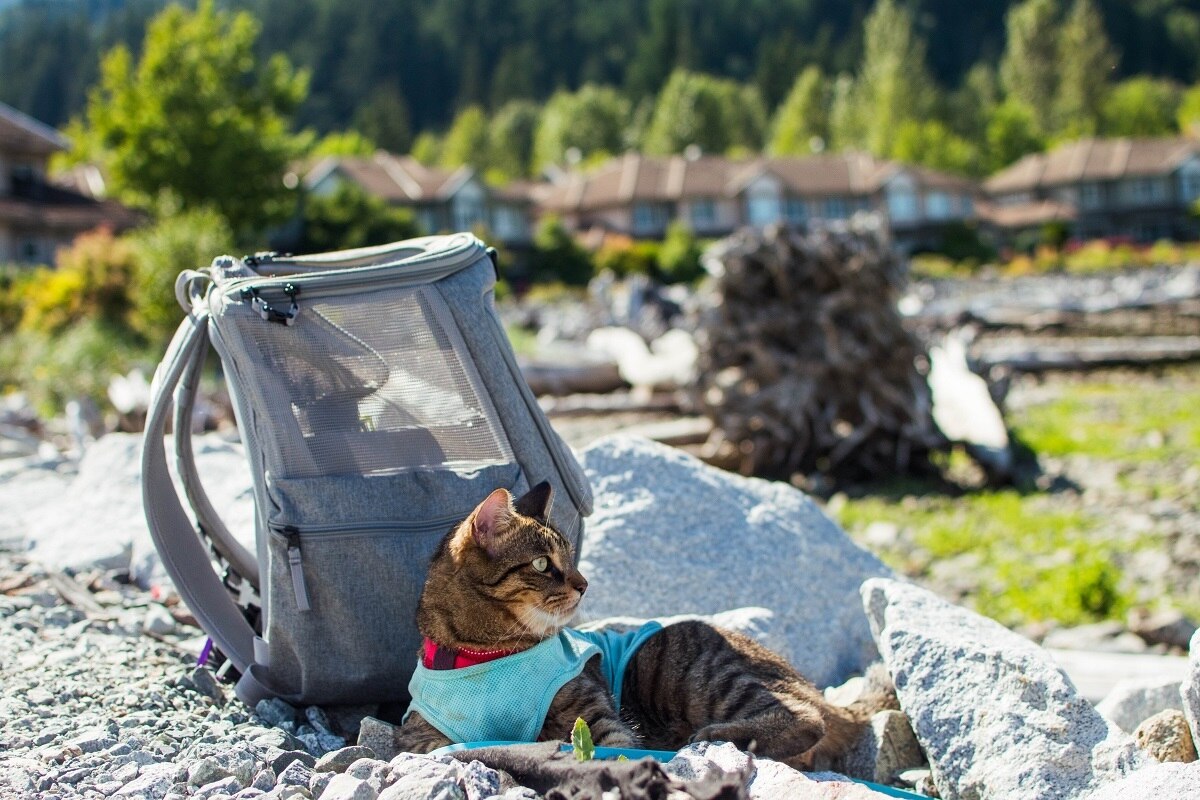
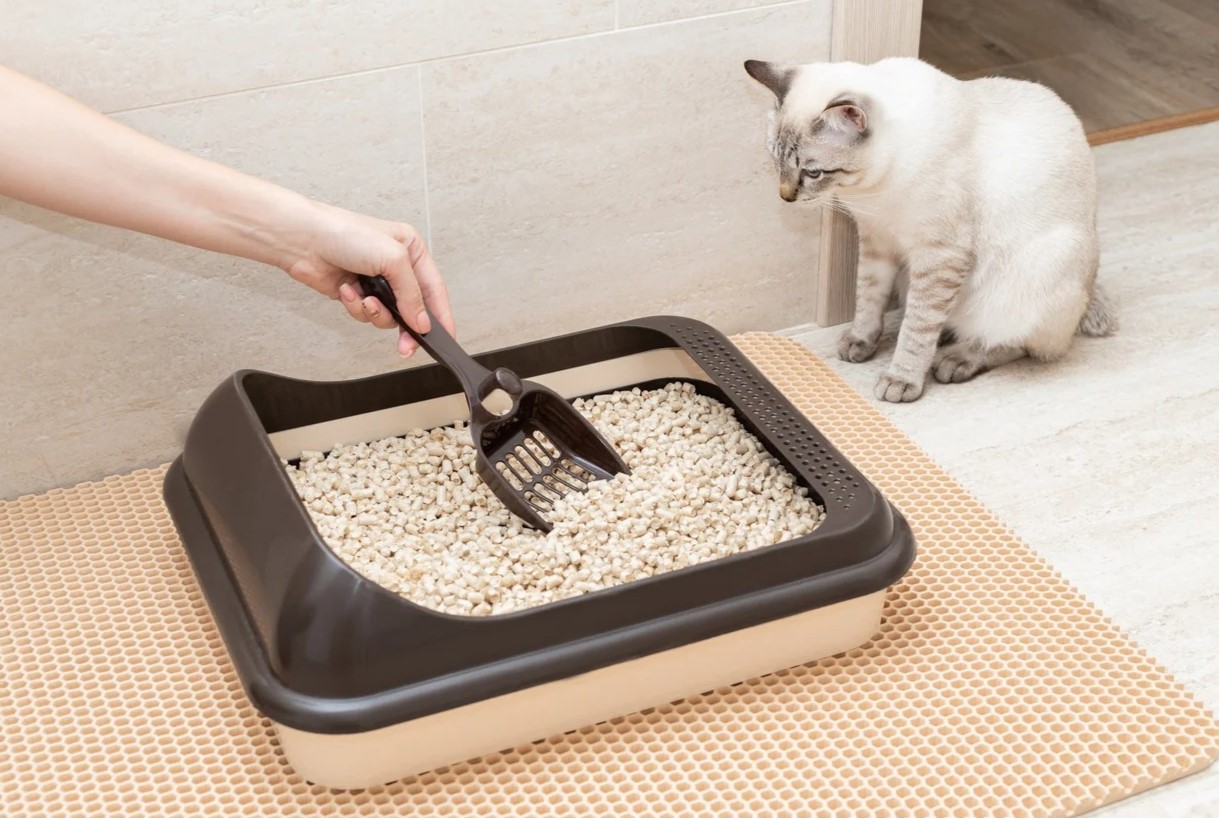
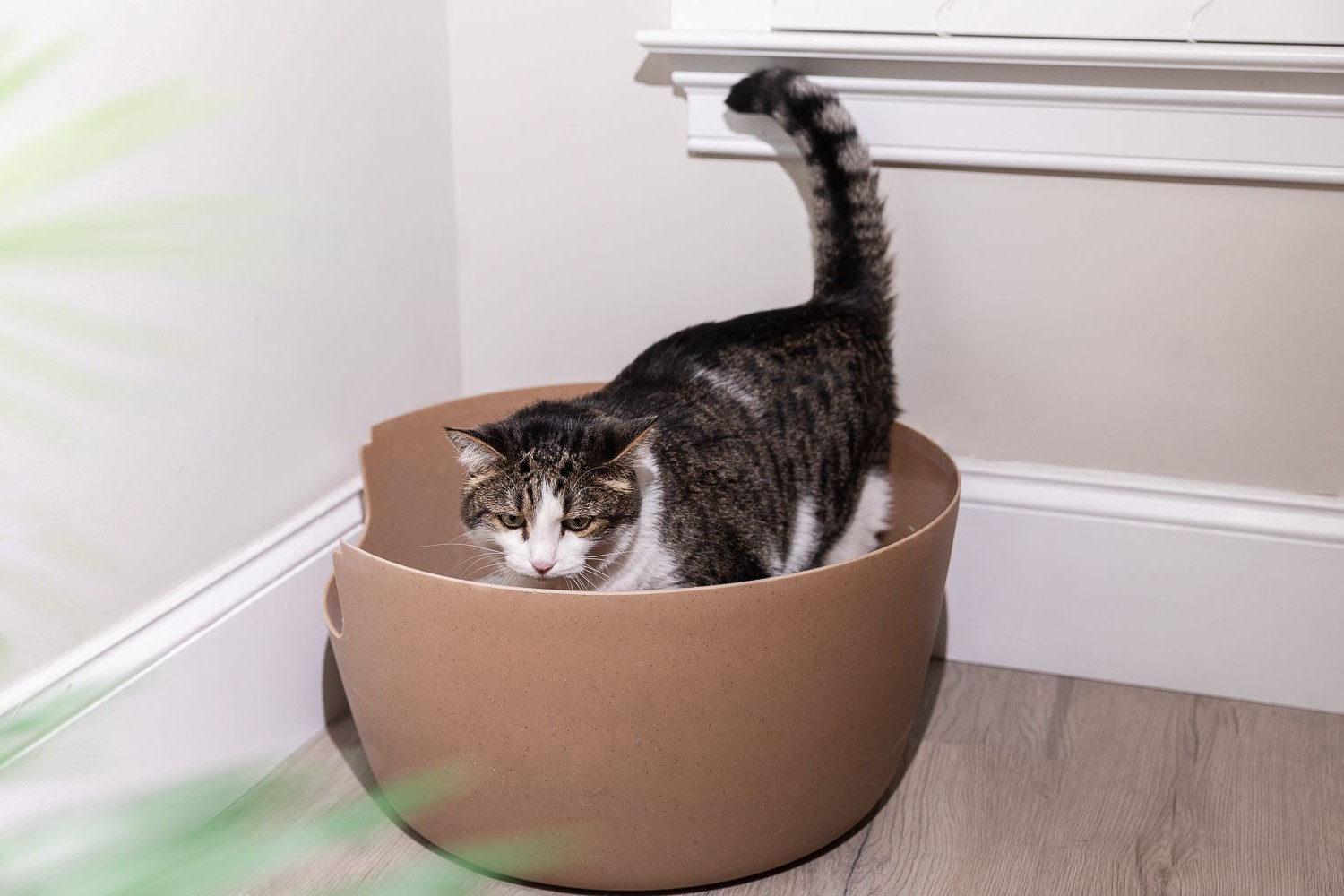
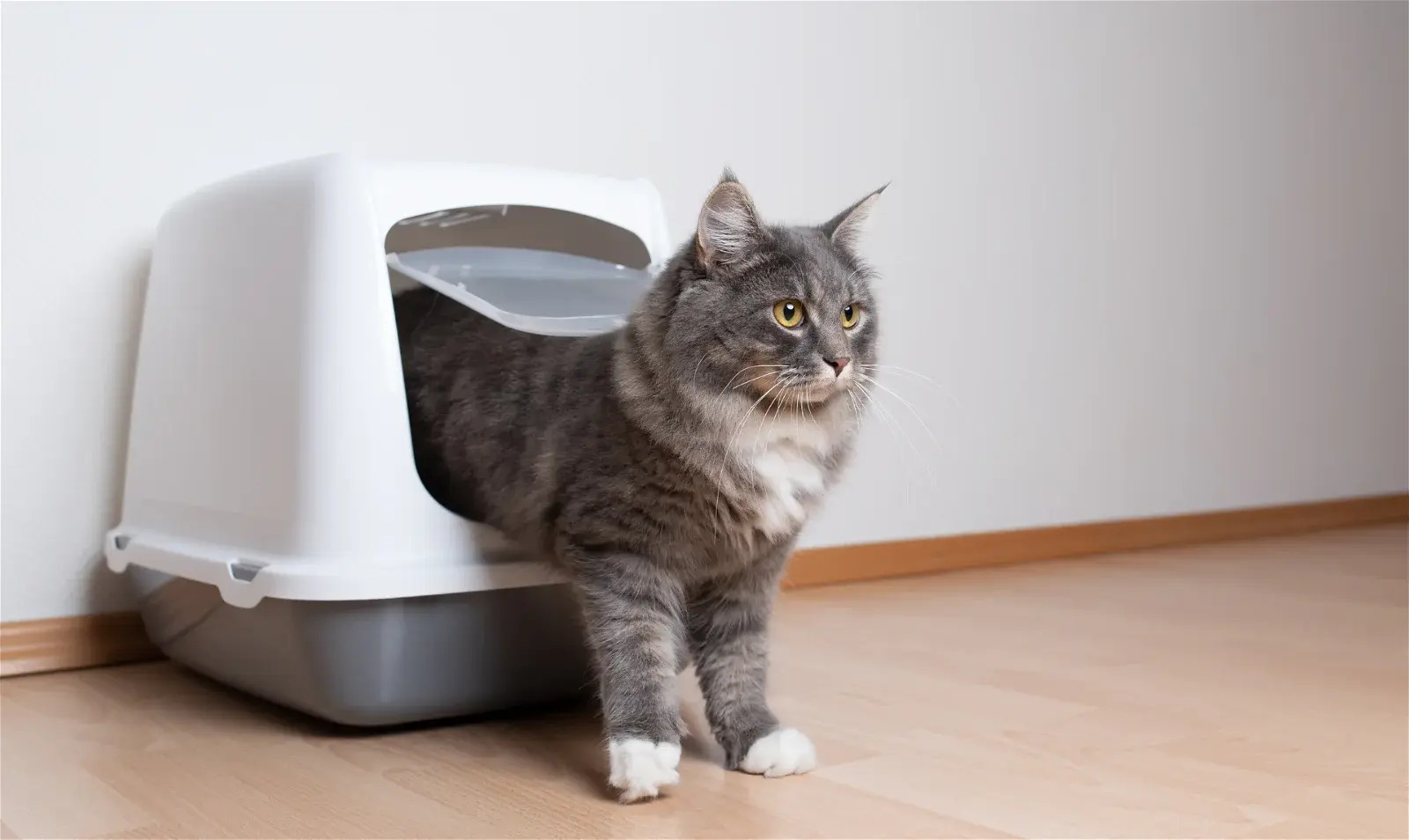
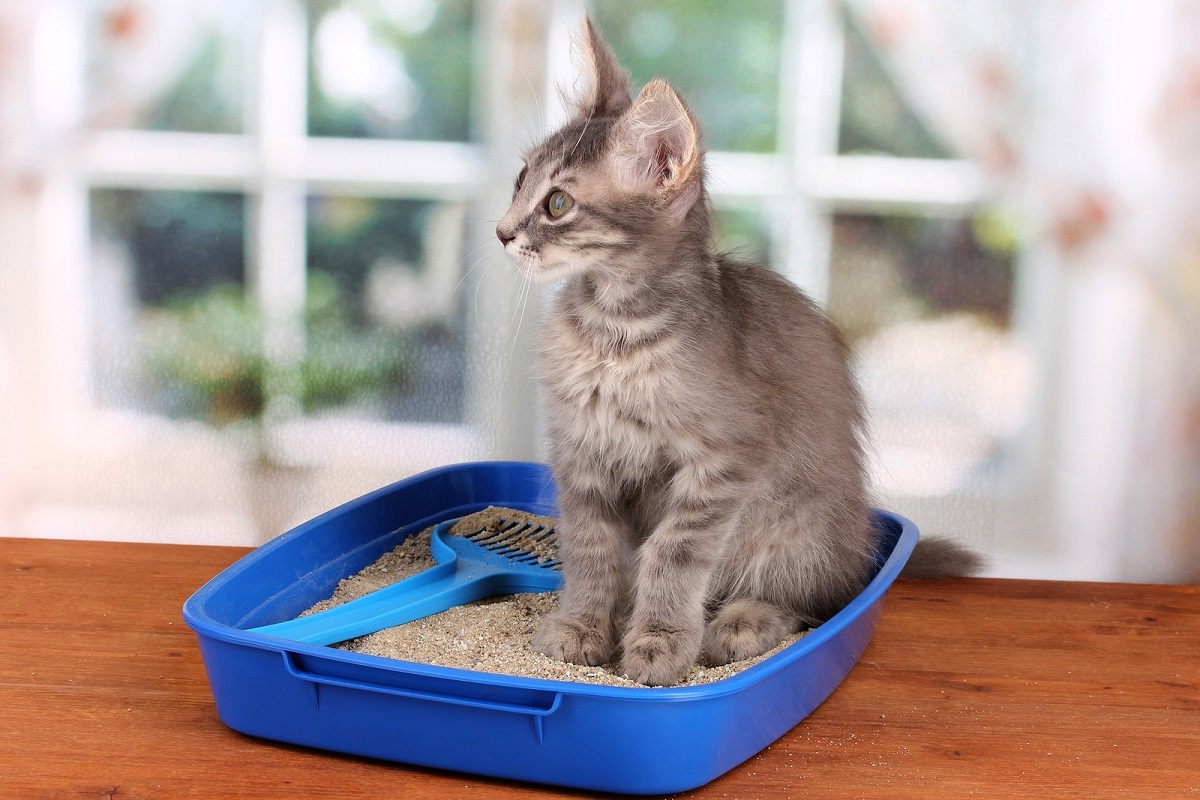
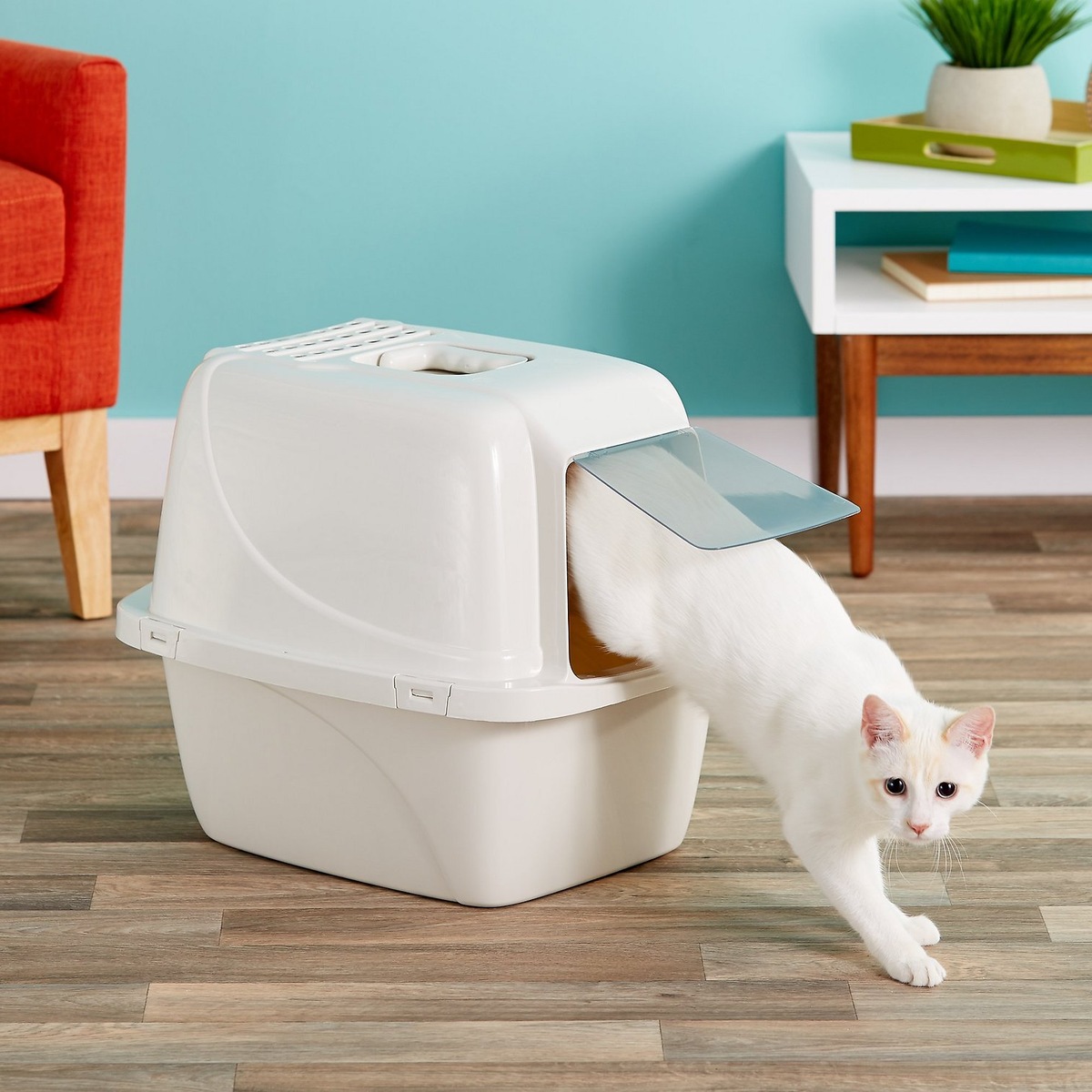
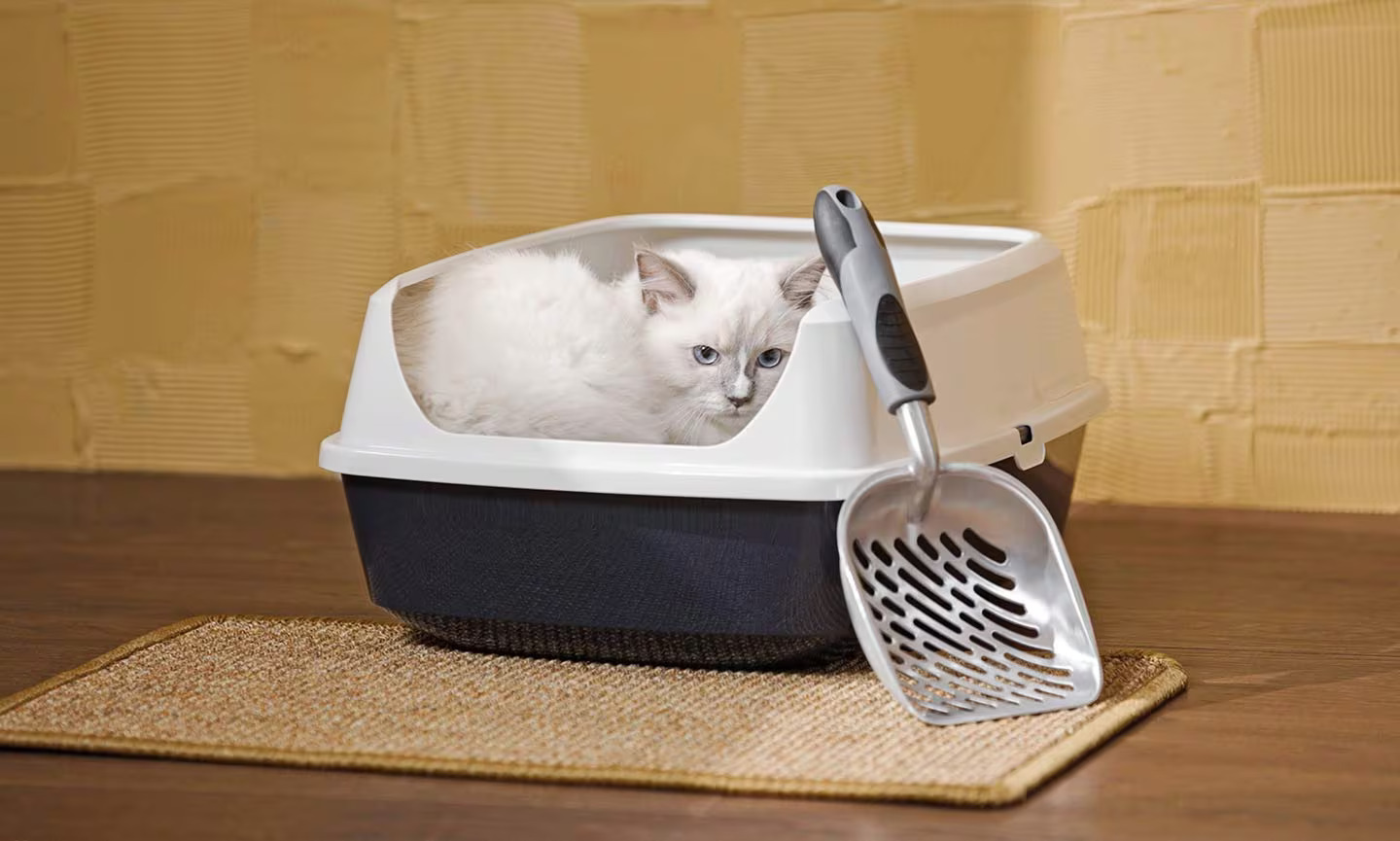
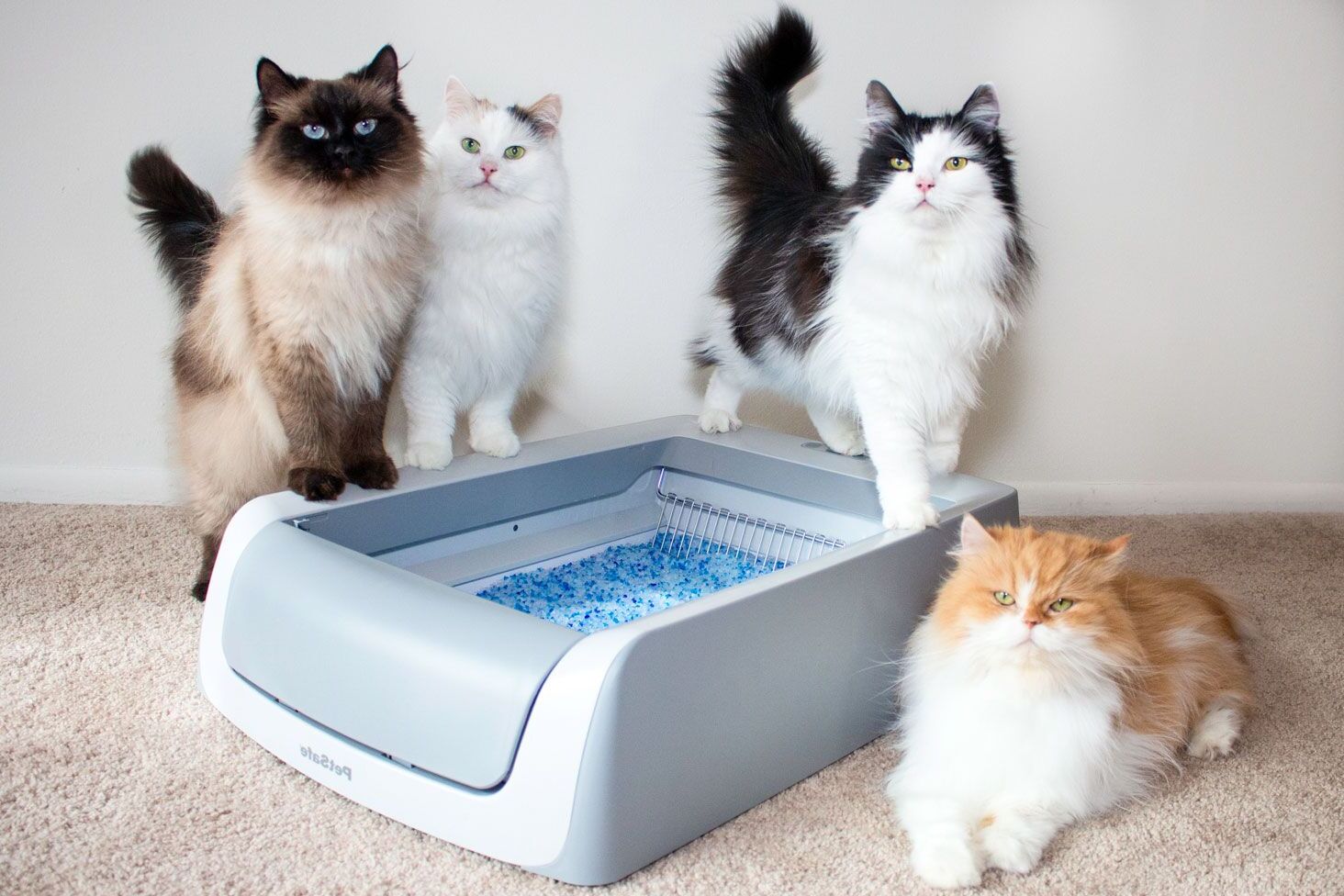
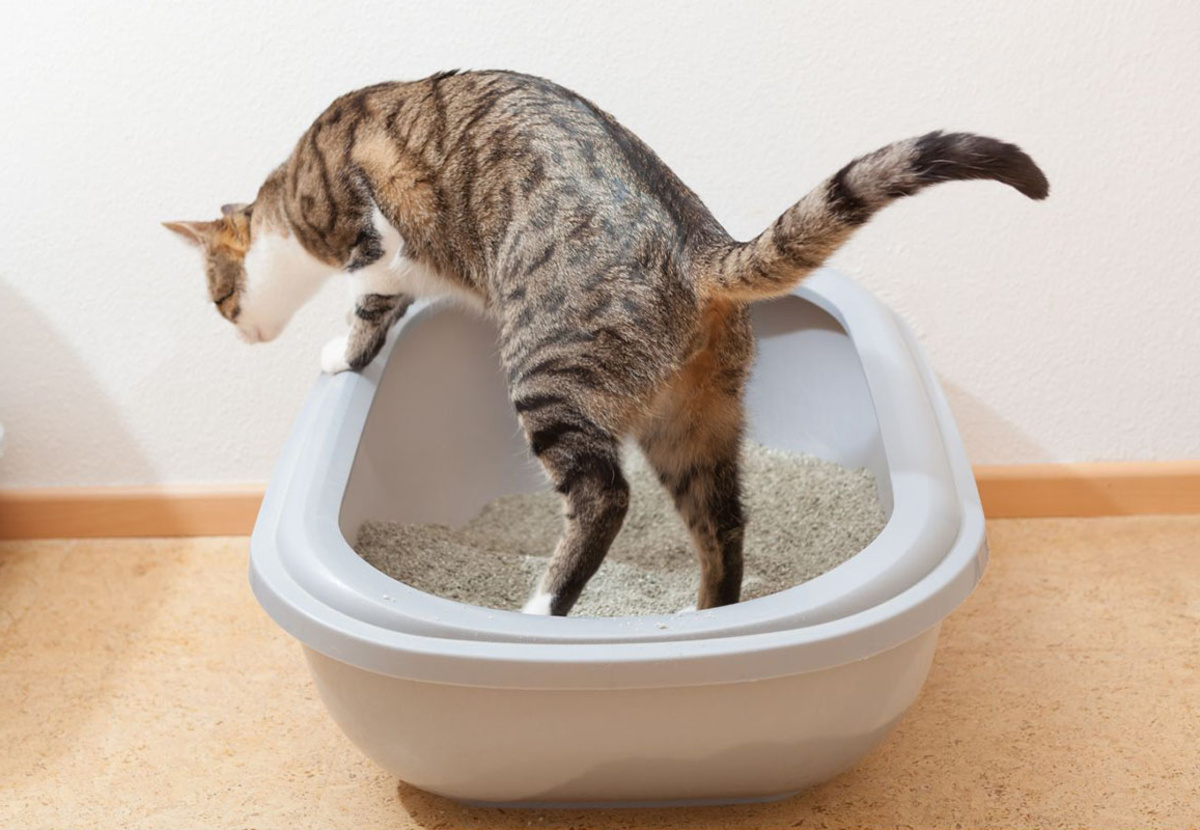
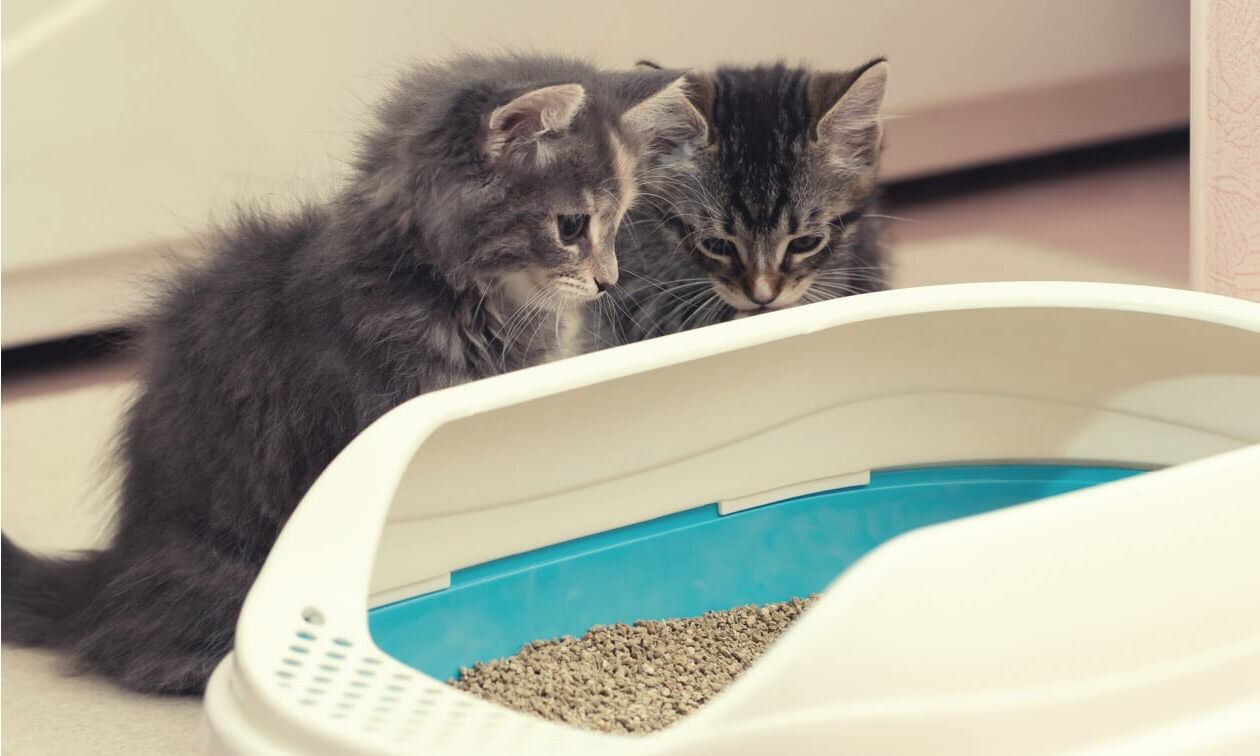
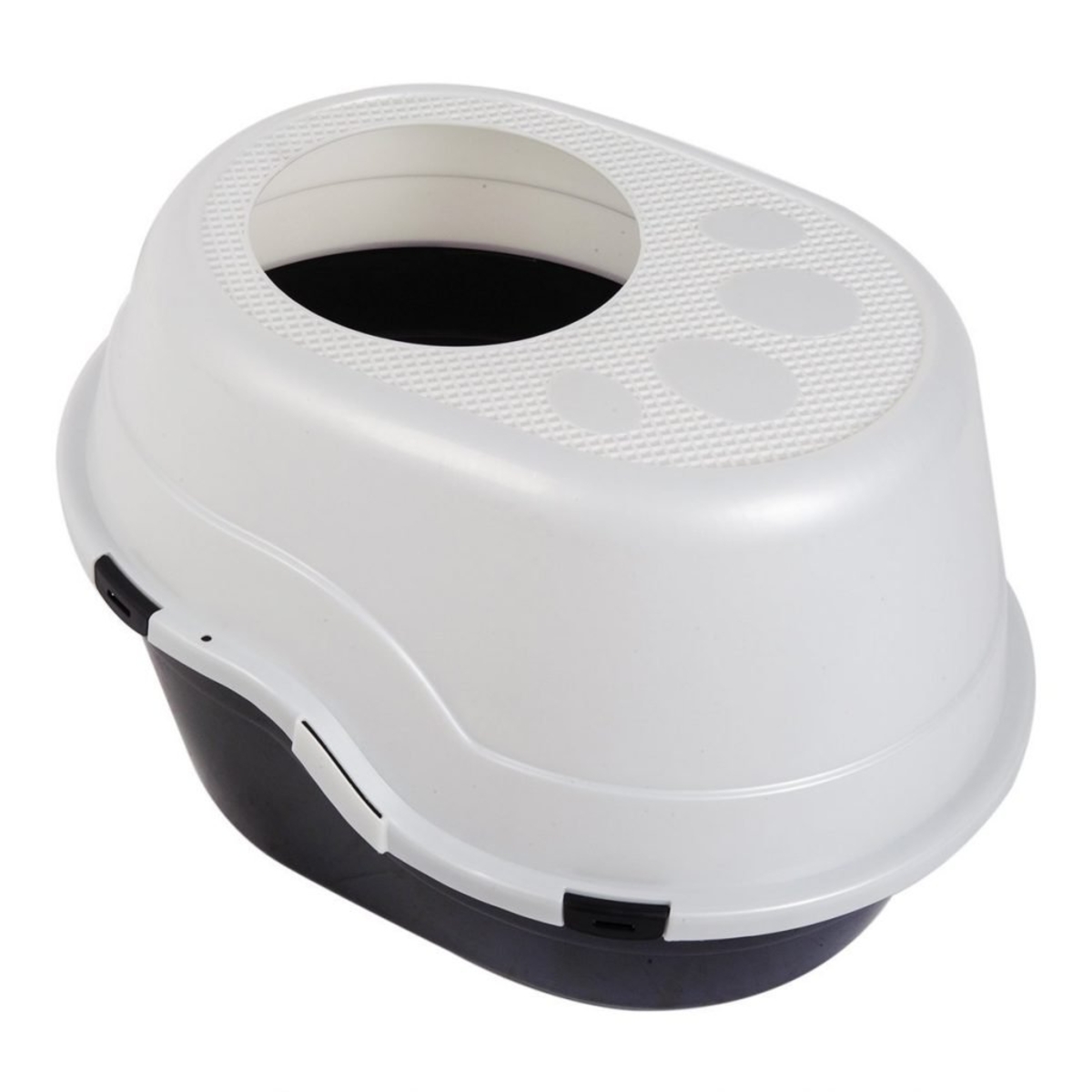

0 thoughts on “How To Introduce Your Cat To A New Litter Box”